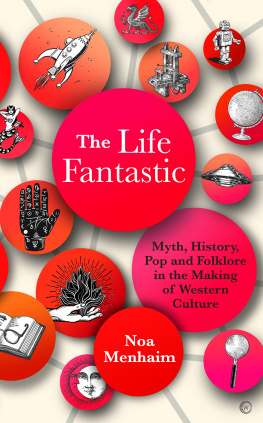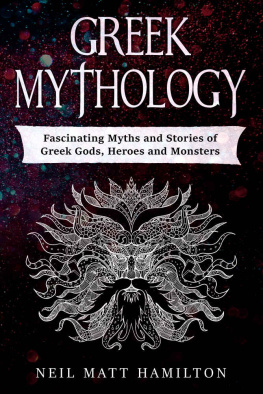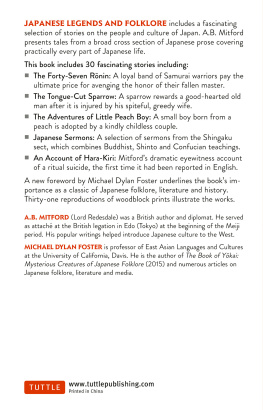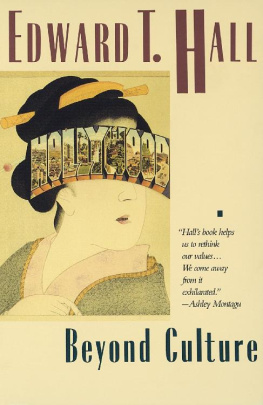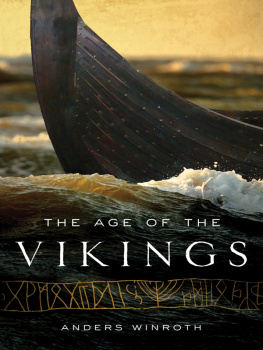


The Life Fantastic
Noa Menhaim
Translated by Mirjam Meerschwam Hadar
Research assistant: Tamar Neugarten Folger
First published in the UK and USA in 2022 by
Watkins, an imprint of Watkins Media Limited
Unit 11, Shepperton House, 8393 Shepperton Road
London N1 3DF
Design and typography copyright Watkins Media Limited 2022
Text copyright Noa Menhaim 2022
Artwork copyright Watkins Media Limited 2022
The right of Noa Menhaim to be identified as the Author of this text has been asserted in accordance with the Copyright,
Designs and Patents Act of 1988.
All rights reserved. No part of this book may be reproduced in any form or by any electronic or mechanical means, including information storage and retrieval systems, without permission in writing from the publisher, except by a reviewer who may quote brief passages in a review.
A CIP record for this book is available from the British Library
ISBN: 978-1-78678-647-0 (Paperback)
ISBN: 978-1-78678-669-2 (eBook)
10 9 8 7 6 5 4 3 2 1
Typeset by JCS Publishing Services Ltd
Printed in the United Kingdom
www.watkinspublishing.com

CONTENT
PREFACE
Once upon a time, there were only stories. They were here before us, sleeping in darkness and silence, awaiting us. They were here before we learned to point at a snake slithering in the grass; to , the desert sands or the deep seas until they were discovered and restored to life. Others have been with us throughout the ages, adjusting, spreading and shrinking, taking a myriad of forms.
Plato thought of them as ideas pure forms casting their shadows on the walls of our cave. For Carl Gustav Jung they were archetypes, images buried deep in our collective unconscious, blooming in a dizzying variety of expressions in the thicket of human culture. Richard Dawkins chose to call them memes, along the lines of genes units of cultural meaning that use us as replication machines for their single, egotistical purpose, which is the endless proliferation of more cats, fascism, Kardashians, veganism, conspiracy theories and more, always more. And like the biological gene the meme, too, tends to join others of its kind, turning into something more complex. Its like a virus carried by the zeitgeist or transmitted by the genius loci to infect us with cultural diseases, which might take the form of catastrophic plagues such as . Like genes, memes have no will of their own other than the drive to reproduce, to prevail. They multiply, morph into strange mutations, evolve.
And evolve stories must. Time and oblivion are their most formidable enemies, and their rivals are alternative narratives out .
To shake off their predators, stories hide in fairy tales, lurk in the minds of poets and madmen, stay buried in the recesses of history or camouflage themselves in the most secure hideaway of all, where no one will look for them the crowded, chaotic hubbub of downtown popular culture.
This collection of essays seeks to trace the sprawling and branching roads and the tangled web these stories, ideas, archetypes and memes weave through the ages, as they interact and intersect each others orbits. Because every time they cross paths they affect each other, creating new mutations, acquiring additional layers of meaning. Where do they meet? How do they connect? Why do they change in the way that they do? These are some of the questions this book seeks to answer. To that end, I have woven its essays into a cultural network, a web of references sidenotes connecting them and allowing readers to plot their own course through the book. Each reference sends you to a different chapter, another adventure, a crossroads where the stories meet, expanding the narrative. You can read the chapters in the order they appear or choose your own path by selecting a particular story you wish to follow, while hopping between references as if they were stepping-stones for example, from , wicked or otherwise.
This book wishes to explore the network, to offer a glimpse into the evolution of stories, illuminate episodes in their past and the path they had to take to get here, revealing the complex relationships they have with each other and with us.
These are the stories we think we are telling.
In fact, theyre telling us.
Noa Menhaim
The Life Fantastic
A FAUSTIAN BARGAIN
On 15 April 1912, in the cold and dismal waters of the northern Atlantic, 1,517 people drowned. Lost with them in the depths was a special edition of the Rubiyt by the Persian poet Omar Khayym. Produced in London by the famed bookbinders Sangorski and Sutcliffe, it was known as The Great Omar and is one of historys unluckiest tomes. It has to be the greatest example of bookbinding in the world Put what you like into the binding, charge what you like for it; the greater the price, the more I shall be pleased, provided only that it is understood that what you do and what you charge will be justified by the result, instructed the owner of Sotherans Rare Books and Prints in London, who commissioned this splendid edition. With this carte blanche, Sangorski set to work, throwing himself into the task like a man possessed. He bribed a guard at London Zoo to let him observe a snake swallowing a mouse, to enable him to describe precisely how it opened its maw. He pleaded with a friend who was a medical student to get him a human skull so he could draw it in the finest detail. He worked on the book for two years, in the course of which he used 600 sheets of 22-carat gold leaf and 4,967 leather inlays, as well as ivory, ebony and silver. The binding was embossed with 1,051 precious and semi-precious stones: ruby and emerald, topaz and garnet, turquoise and amethyst. The book in all its splendour was sold to an American collector, carefully packaged and dispatched, only to encounter obtuse tax officials who demanded over twice its value to release the book from customs. Sotherans refused to pay the exorbitant sum, and so the book was returned to Britain and put into an auction. It only fetched half the price Sangorski and Sutcliffe had hoped to get. Grudgingly, they sent the book to its new owner in New York on board a ship that was famously unsinkable.
About a month after the sinking of the Titani c, Sangorski leapt into the water to rescue a drowning woman. He could not swim. The depths claimed him, just as they had swallowed up his creation, The Great Omar .
But while the worldly glory of these two volumes of The Great Omar was lost to water and fire, the poets words were preserved, thanks to the most brilliant and revolutionary invention ever, a simple time machine, a capsule of immortality, an object of desire.
When our genes could not store all the information necessary for survival, we slowly invented brains, wrote Carl Sagan, but then the time came, perhaps ten thousand years ago, when we needed to know more than could conveniently be contained in brains. So, we learned to stockpile enormous quantities of information outside our bodies. We are the only species on the planet, so far as we know, to have invented a communal memory stored neither in our genes nor in our brains. This external memory is the book.
Next page

